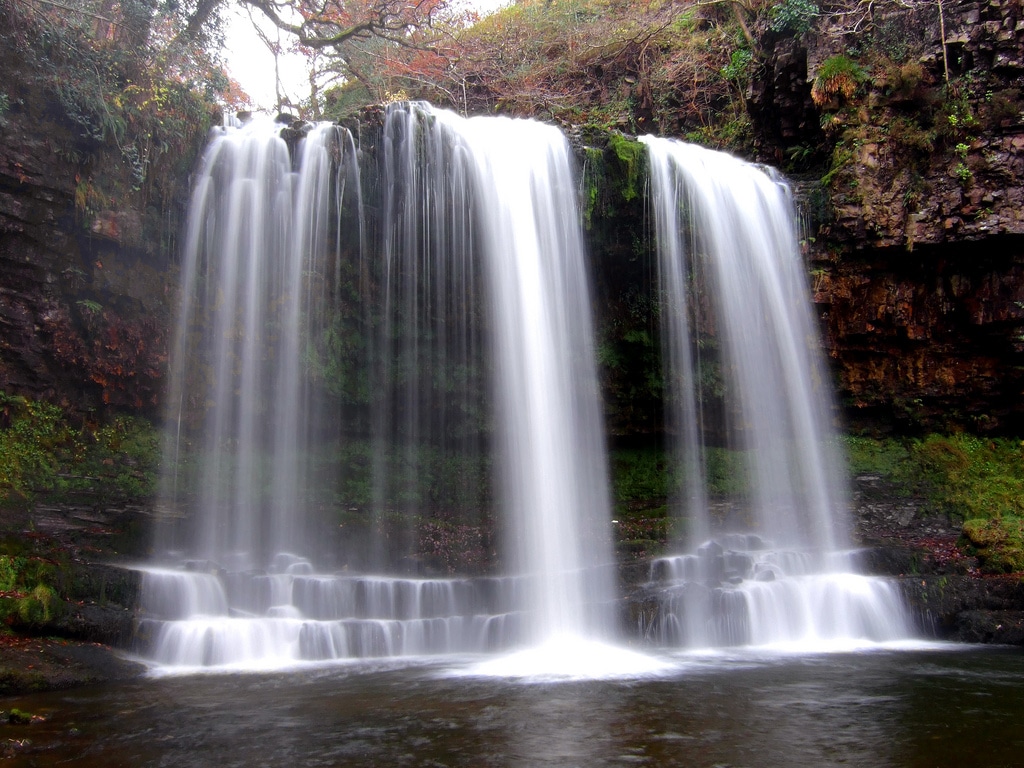Even if you’re not a big fan of camping trails, countryside and forests, you’re probably to like large, beautiful waterfalls. It’s not hard to take advantage of it. There’s something in the water flow that’s beautiful and exciting. When cascading photography is taken with a slow shutter speed, the water is blurred to form a peaceful image that, in fact, appears to be moving in a still photo. Take the next break, weekend or vacation to go after a waterfall after reading this article that will teach you how to capture some beautiful photos of the waterfall and with the water moving. After the tips, all you need to do is pick up your photo equipment and your mountain boots.
The most important rule for photographing waterfalls (and all kinds of water, in fact) is this: use a slow shutter speed.
How low?
Anything between half a second and two seconds will work. If you use faster speeds, it will freeze the movement of water. The more open the diaphragm, the more blurry the scene becomes. As you can see, the longer the exposure, the more blurry and abstract your scene will be.
Since you’ll need to shoot at low speed to do a stunt, you’ll need to adjust your camera to the aperture priority mode and select the specific aperture. Also make sure your camera is set to the lowest possible ISO, as a higher ISO will make your camera more sensitive to light and, as a result, take photos at higher speed. The use of the tripod is also essential. When you use a very low speed, the chances of you having a blurry photo are much higher and that’s where the tripod comes in: to keep the camera still and reduce those risks.
Because the shutter stays open for a while, any vibration, no matter how light, can make the photo look blurry. When performing stunts, it is also recommended to use a remote trigger, which can be wireless or with cables that connect to your camera. First, see if your computer has this option and purchase the hardware that is compatible with the camera model you are using. If you don’t have easy access to the remote shutter, you can get a similar result using your camera timer; Turn on the stopwatch, pull the camera trigger, walk away and do not touch the camera equipment until the photo is taken.
Can it be easy enough to capture these beautiful, gentle waterfalls and rivers once you’ve learned to master the basic instructions?How to use the tripod and adjust the speed correctly. However, you may notice that some parts of your stunt photograph have been overexposed. The problem is that the total range of exposures, from the clear reflection of the water to the dark shadows of the foliage, is greater than what your camera can capture in a single image. A common solution is to use a neutral density lens This filter can be placed on the front of your lens (if your lens is equipped with this connection, as most DSLRs do) and reduces the amount of light that reaches your sensor. This can help reduce or eliminate the worst of overexposure.
Another option is to take multiple photos with different exposures and combine them with an editing software. If your camera has a fork mode, it is easier to take a series of images by varying exposure levels.

